Making a Tudor frame
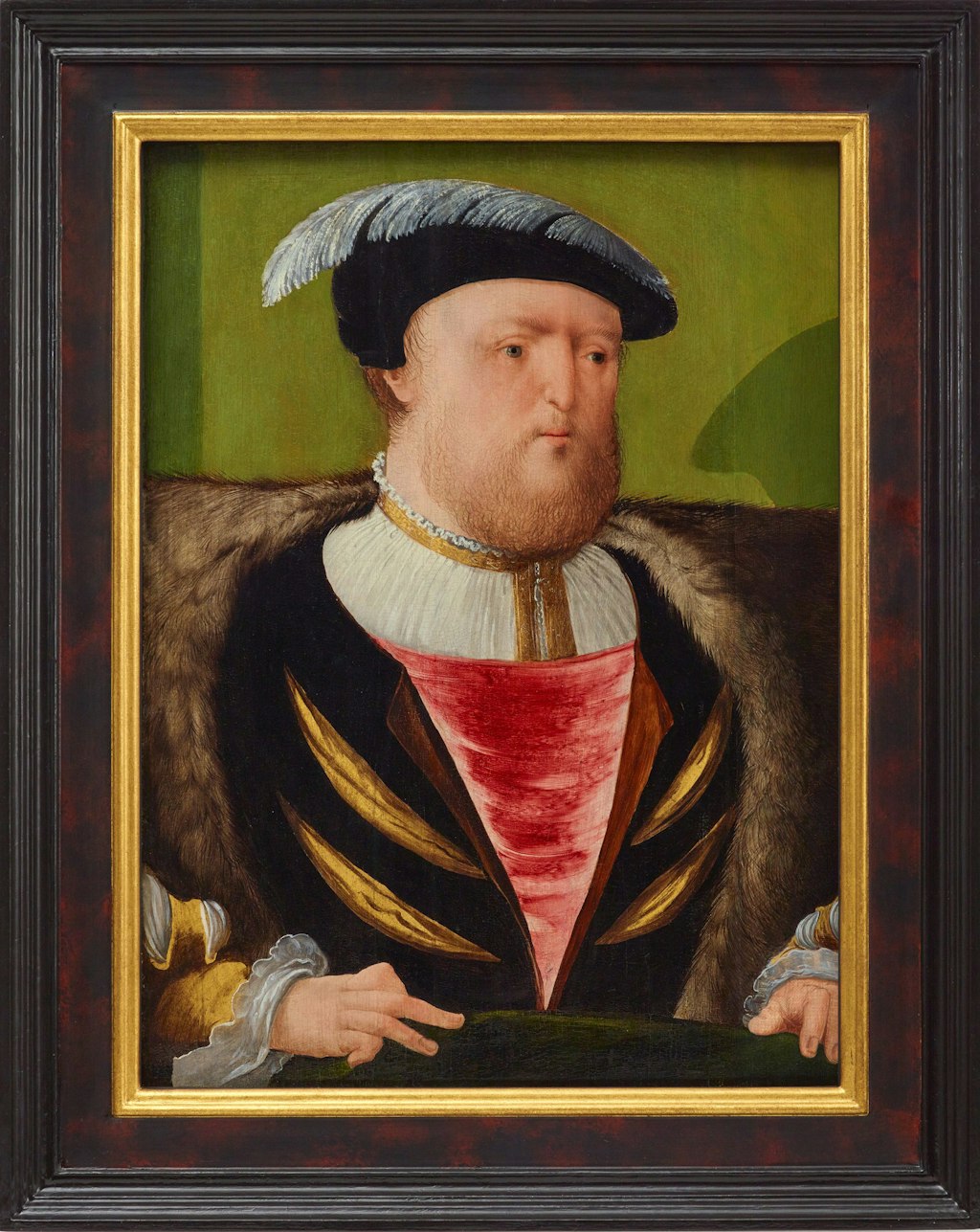
The restored portrait of Henry VIII from the Art Gallery of NSW collection in its new reproduction frame
Recent research on the Henry VIII portrait in the Art Gallery of NSW collection has confirmed the painting is indeed some 500 years old and one of a group of similar artworks now in various UK collections.
With those mysteries unmasked, came new questions to answer. What were picture frames like in Tudor England, and how do you go about making a reproduction frame fit for a king?
A few 16th-century paintings have preserved their original frames, still intact and in place. One of them is a portrait of the Katherine of Aragon in the Lambeth Palace collection, another is a portrait of Henry VIII from the National Portrait Gallery, London
The original frames on both paintings were the inspiration for making the reproduction frame for ‘our’ Henry, which until recently was surrounded by an unsympathetic 20th-century frame.
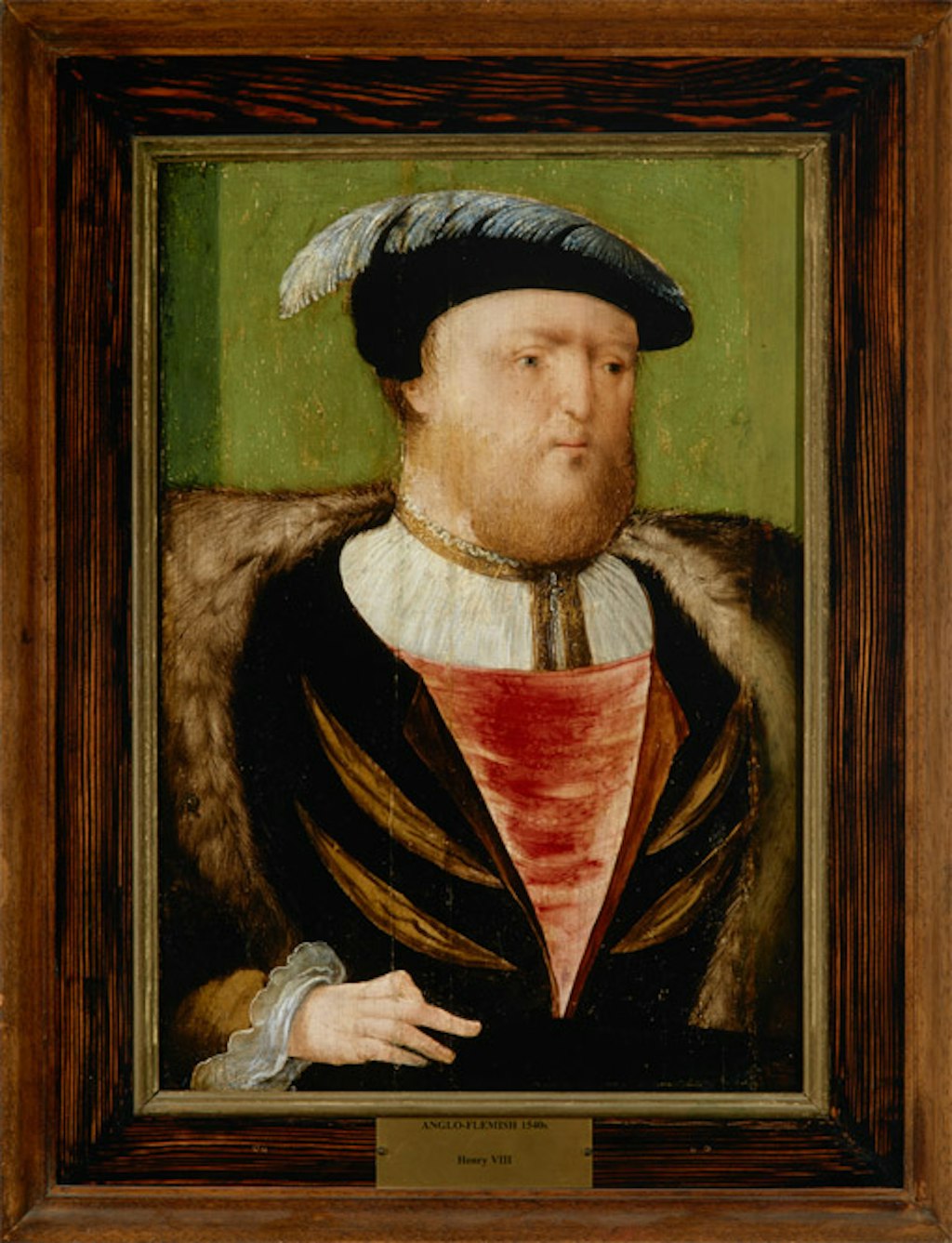
The Art Gallery of NSW’s portrait of Henry VIII in the 20th-century frame, as it was acquired in 1961
A frame on an English painting from the Tudor era formed an integral part of the artwork.
The painting itself was usually made on a wooden panel, most commonly of oak. The frame, also made of oak, was assembled with the panel at the start, before any gesso or paint was applied. The frame moulding was either nailed to the edges of the panel or grooves were cut into the inner edges of the four sides of the frame, which ‘engaged’ the panel before the panel and frame were fixed together with wooden dowels supporting the lap joints. Once joined, the panel could not be removed from the frame without damaging it; the grooves at the back would have to be cut out to free the panel.
These ‘engaged’ or ‘integral’ frames were of simple design, with a painted finish and gilt sight edge moulding. Sometimes the inner frieze might be decorated with lettering.
A conservation report on the National Portrait Gallery artwork revealed that the outer moulding of the frame was painted with lamp black followed by a clear resin-based varnish, while the central inner frieze was decorated with an imitation of tortoiseshell, created with smoky azurite brushstrokes applied over a red ochre base and finished with a reddish oil-based coating. The sight edge moulding was oil-gilded over an ochre and chalk-based foundation. Scans showed that the back of the frame was painted yellow with orpiment (sulphide of arsenic) and chalk, as was the back of the panel.
We decided to take a similar approach for both the construction method and surface finishing layers in creating a new frame for the Sydney Henry, lead by Margaret Sawicki, the Gallery’s head of frame conservation, with our framemaker, Tom Langlands
A profile matching the dimensions of the NPG Henry VIII frame was cut from specially sourced oak. The original Tudor frame corner joints were replicated with mitred bridle joints and oak dowel pins inserted through the face of the frame to secure them. The finishing layers followed the original design scheme: the imitation tortoiseshell finish on the frieze together with a gilded inner edge and lamp black outer moulding.
We also slightly modernised our frame. As well as adding UV-filter glazing, we created a kind of micro-climate ‘vitrine’. Consisting of a gasket between the frame rebate and the rear backing support, with an internal seal, this feature essentially protects the artwork from changes in climate that can have adverse effects on the wooden support and, subsequently, on the paint layers.
You can browse a slideshow of photos of the frame reconstruction.
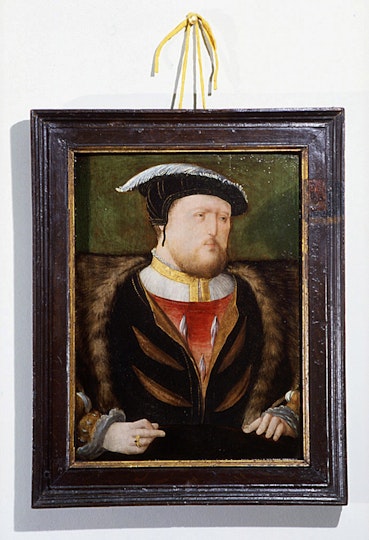
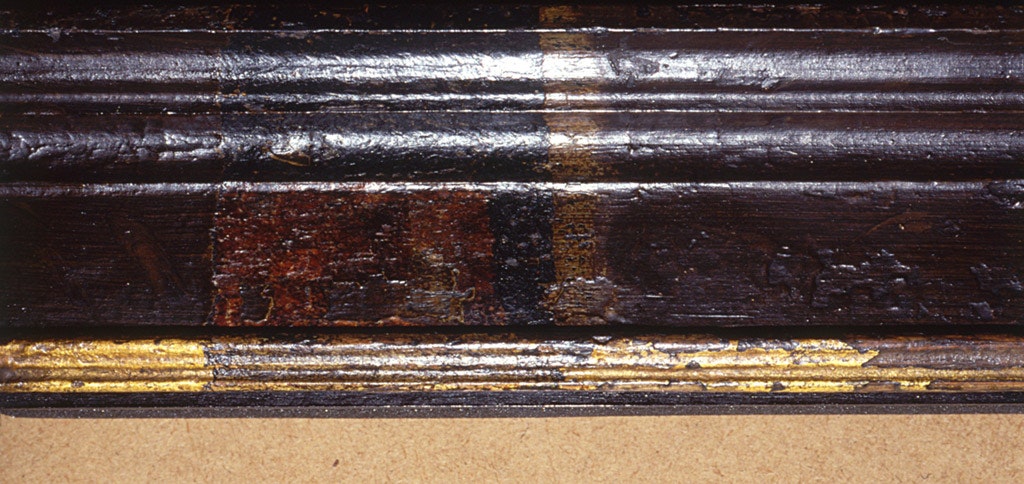
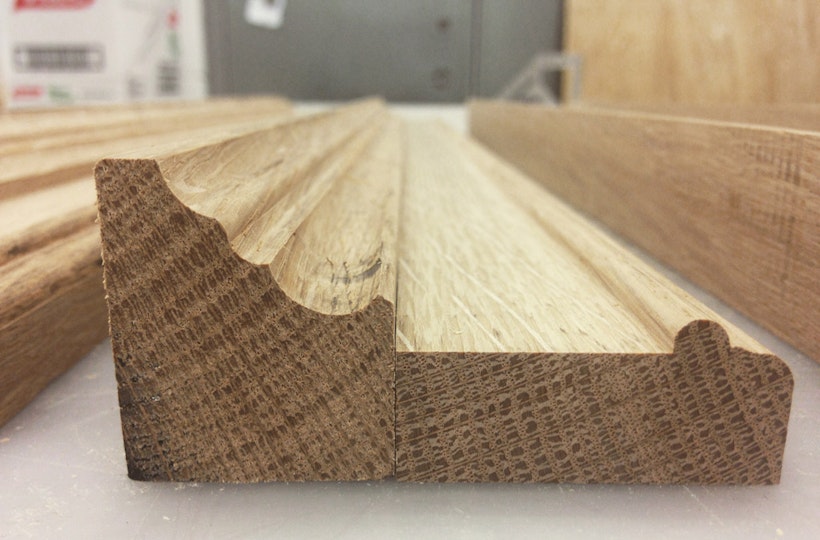
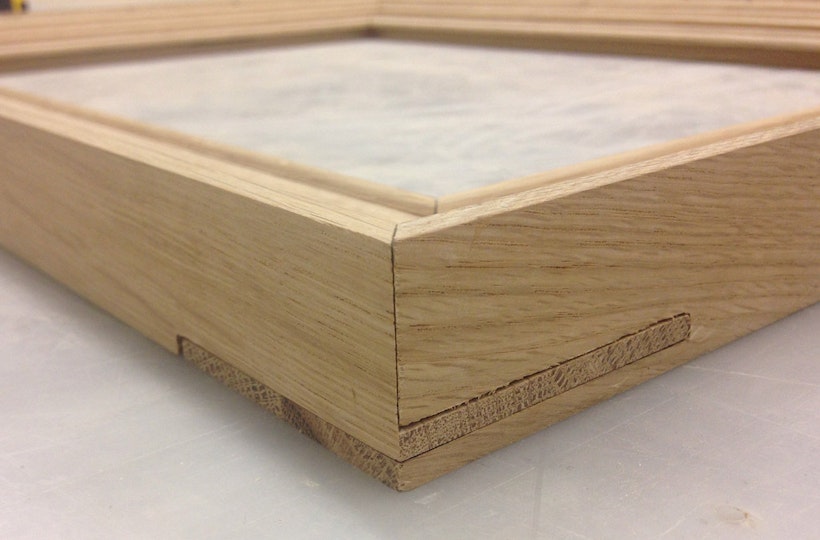
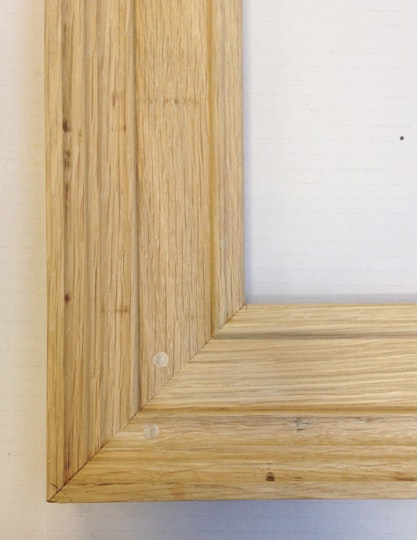
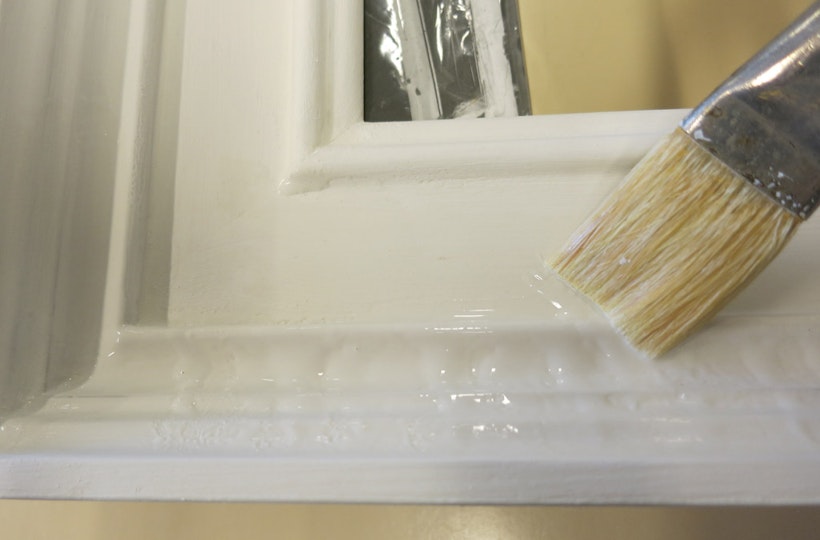
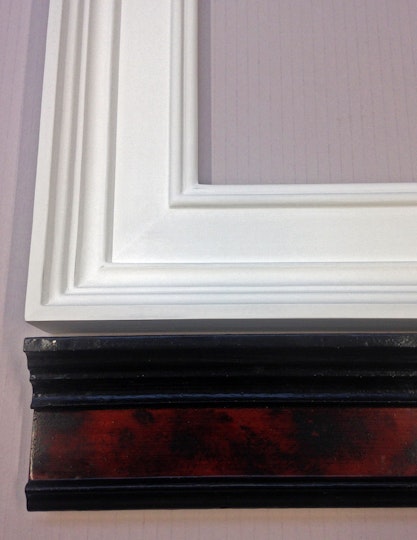
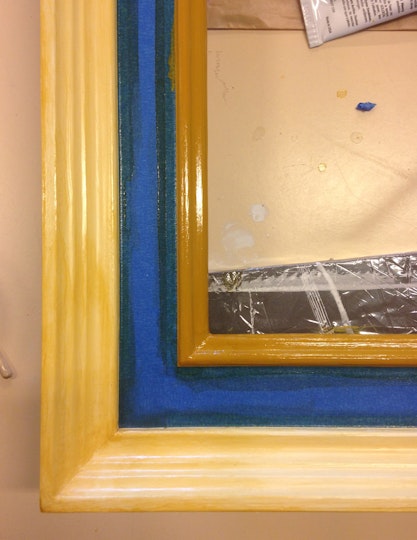
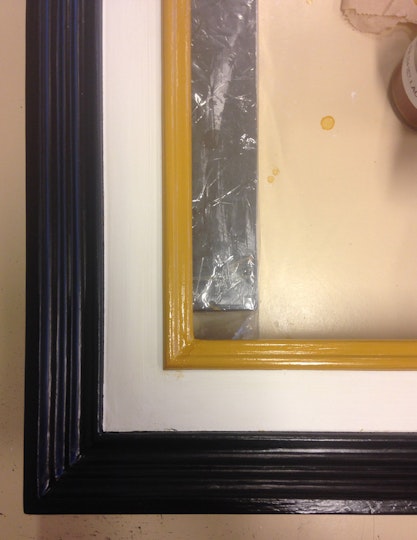
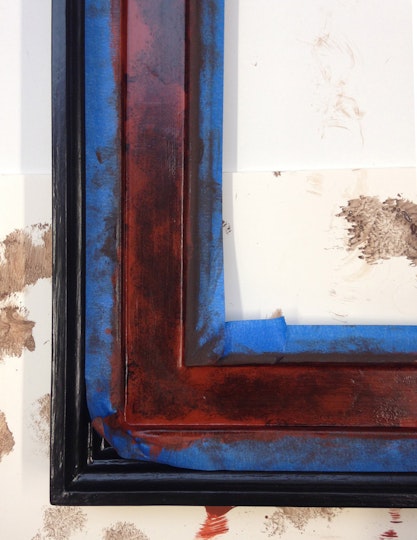
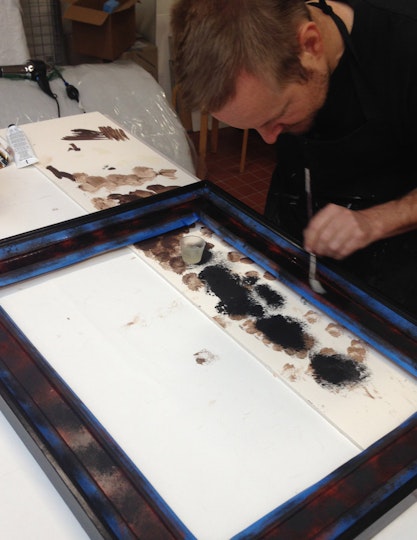
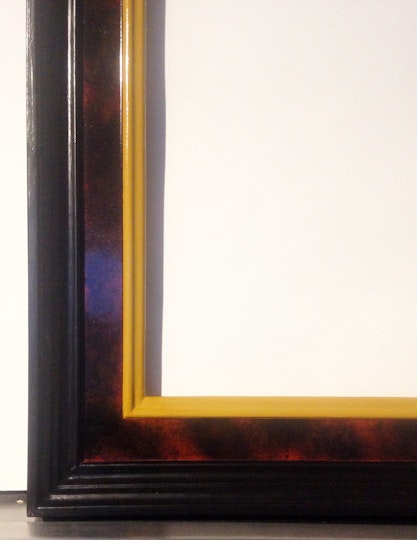
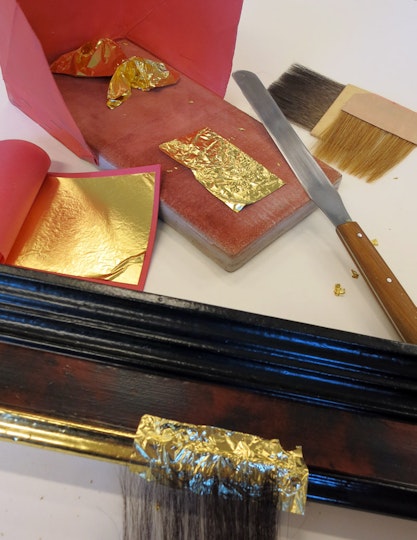
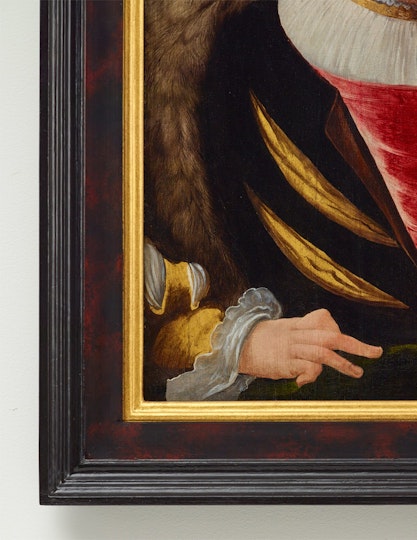
The restoration of King Henry VIII could not have happened without support from the Conservation Benefactors, most notably Dorothy R Spry (in memory of), Hamish Parker, Leonard Groat and Kenneth Reed AM.
The portrait is on display from 12 May to 9 September 2018 in Henry VR.